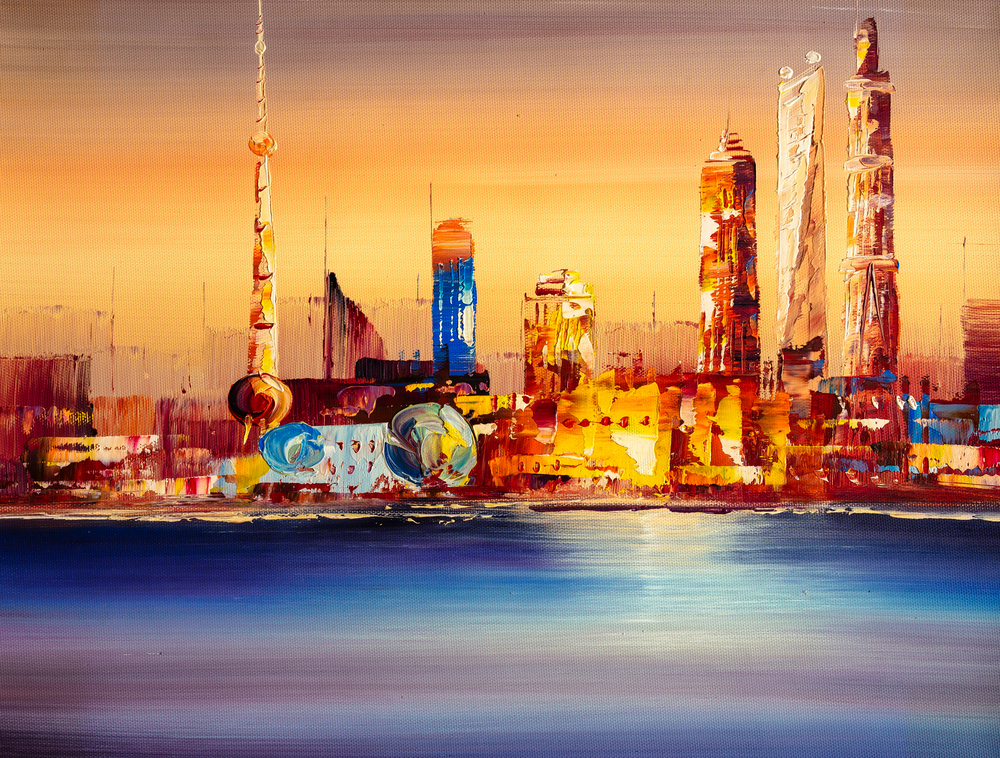The article was originally published in the Money Observer on the 20th July 2018
The potential breakup of the Euro has been a permanently armed grenade under the bed of the global economy for almost two decades. The recent Italian elections driving yields up and the Euro down reminded allocators that European risks have never really dissipated. Every time a Eurozone election goes the way of populists, threats to the cohesion of the group increase and the discipline required to maintain the monetary union becomes harder to sustain. Meanwhile, the Euro’s status as a global reserve currency is constantly undermined.
The problem for investors is that the euro breakup is a perennial and omnipresent risk, but equally consistently fails to materialise. Is the grenade a dud? Not necessarily. It is so well ring-fenced by the ECB that traders do not go anywhere near the pin. However, there’s only so much monetary policy can do to cover inherent design flaws in Europe’s most ambitious project. As “Black Swan’s” Nassim Taleb would say, the fact that someone has not died for 20,000 days in a row, does not mean they will live forever.
What is really the problem?
To fully understand the issue, consider two countries: Richlandia and Poorlandia. Richlandia produces industrial machinery and cars. Poorlandia produces oranges and olives. Industrials generally cost more than fruit, thus trade between the two countries produces a trade surplus for Richlandia and a deficit for Poorlandia. In a two-currency system, this would mean that the Richlandian Dollar would persistently appreciate versus Poorlandia’s Lira. Eventually, Lira would depreciate to the point where Poorlandians would not be able to afford imports forcing themselves to become more self-sustainable and competitive before resuming trade. Richlandia, on the other hand, who would lose a key client. If only the currency did’t depreciate…
Enter a common currency, the Puro, which allowed Poorlandians to buy Richlandian goods without currency depreciation. That does not mean that the trade deficit vanished. It was enlarged, only without the stabilising mechanism of a depreciating currency. Poorlandians still lost competitiveness. Nevertheless, thanks to the common currency, they continued to borrow at a low Richlandian-like rate to fund purchases, sacrificing, however, their monetary independence and thus the ability to print money and inflate their ballooning debt away. One day, the debt would not be sustained.
A solution would have been fiscal transfers from the rich to the poor, to support Poorlandian economy. Richlandians revolted at the idea. Fiscal transfers require a common budget and ultimately a common government. They stated that they would never cover Poorlandian debt. What point is there to trade if you pay others to buy your goods? Traders punished Poorlandia with soaring bond yields. The country couldn’t borrow or print money to pay off its debt, plunging further into crisis. Richlandia continued to export goods, but it is in constant search for new markets, while seeing diminishing benefits from monetary integration.
Names are irrelevant. Richlandia is any Eurozone country with a trade surplus, and Poorlandia a country with a trade deficit. Where there even just two one would over time overshadow the other.
Fiscal transfers, common government and federalisation of debt are the endgame EU founders envisaged. The common currency would unite the peoples of Europe. But Europeans are not ready for common government. Instead they rely on the “stability pact”, a fiscal straightjacket preventing countries from overspending. The rule, however, prevents countries with persistent trade deficits from spending to grow, forcing all to become net exporters or expenditure cuts, a.k.a. austerity.
The alternative to union is dissolution. Eventually European countries may agree that they are better off without the vagaries of the common currency. Poorer countries will suffer inflation while richer countries will lose competitiveness as currencies appreciate.
Why is the risk it still relevant?
The European Deposit Insurance Scheme is incomplete, leaving the banking union in limbo. Greece is in perma-default and its government constantly supervised. Italian, Spanish and Portuguese governments have declared the end of austerity, even if they have not regained a competitive advantage. The North has been voting for politicians who promise to stop helping the profligate south. The refugee crisis fuels the flames of discontent and division in the malformed union.
The simple fact is that the currency which was supposed to unite, divides.
The ECB is the only backstop to the dissolution of a union failing to evolve. Markets often forget that, especially when Mr. Draghi threatens to “do whatever it takes” to back the Euro, scooping any and all corporate and sovereign debt. The end of asset purchases after December and growing populist influence would more likely exacerbate tensions than diminish them. Meanwhile mutual resentment has been steadily growing, sapping the good will necessary to support a political union.
The consequences of a European dissolution can’t be priced in. As long as core countries resist further integration and debt mutualisation, and the periphery refuses reforms which would turn them into net exporters, risks are real. European stock valuations allow funds to buy top global companies at fair prices. It may not be wrong to stay invested in Europe, as the grenade might not go off. But investors always need to remember it’s there.
















































